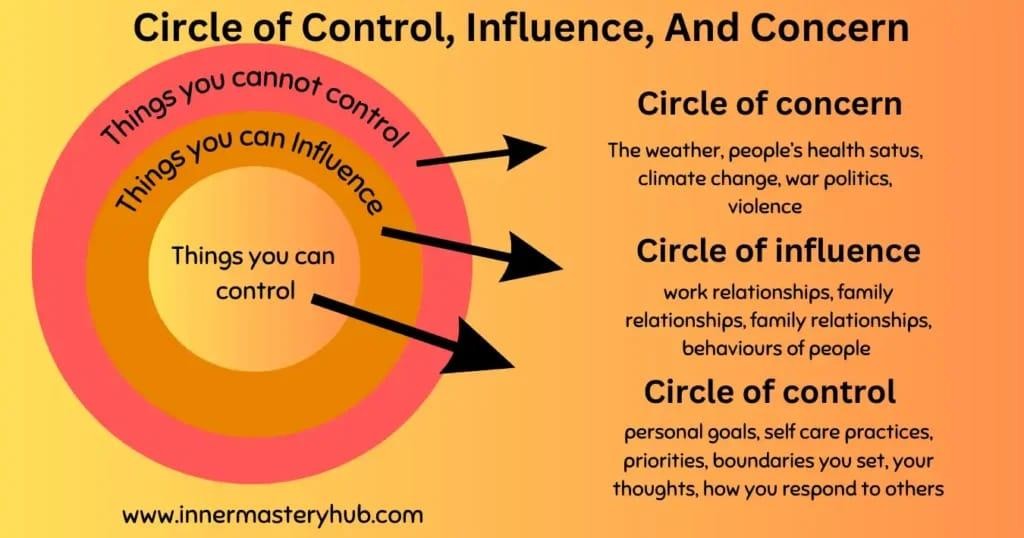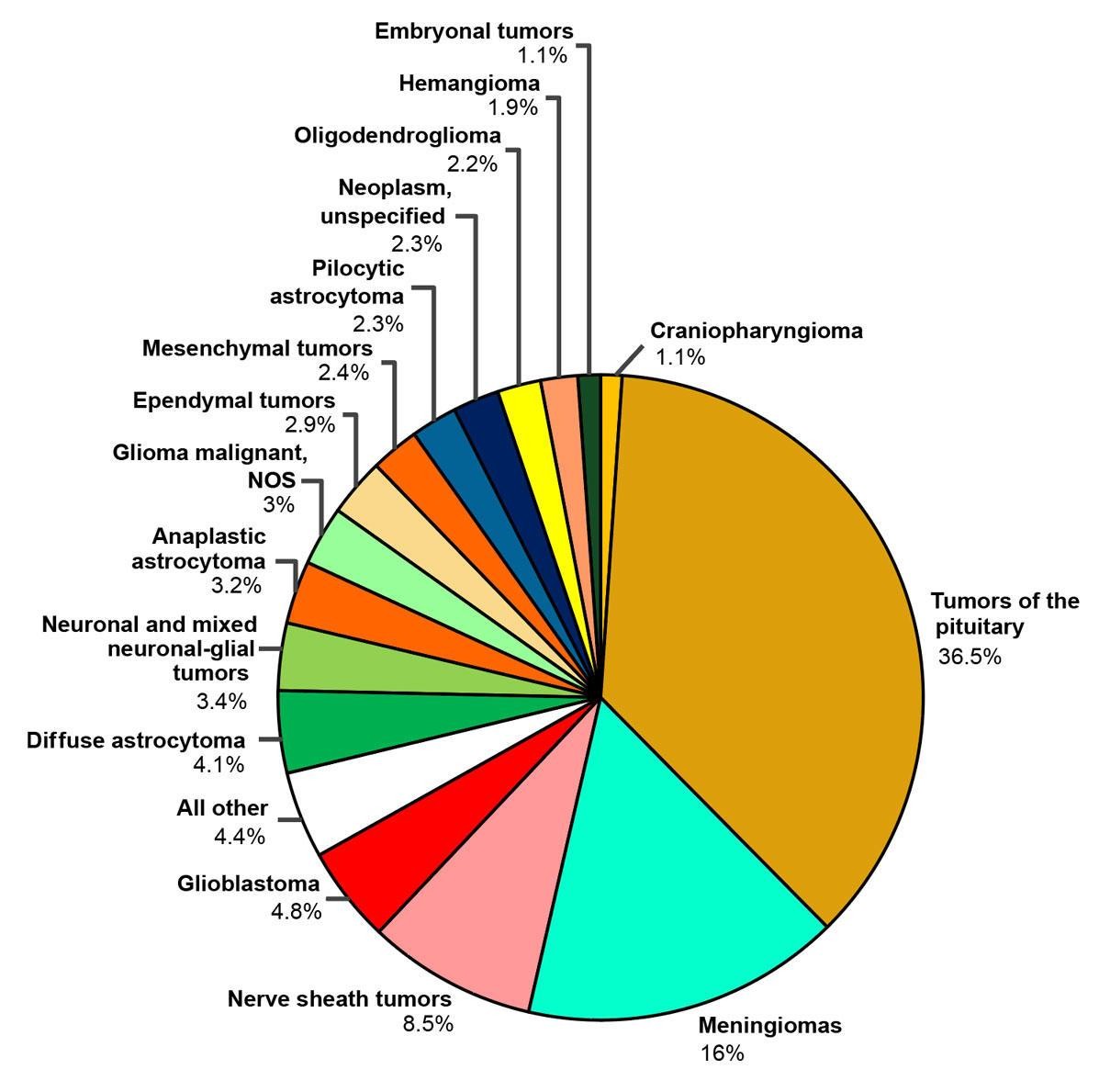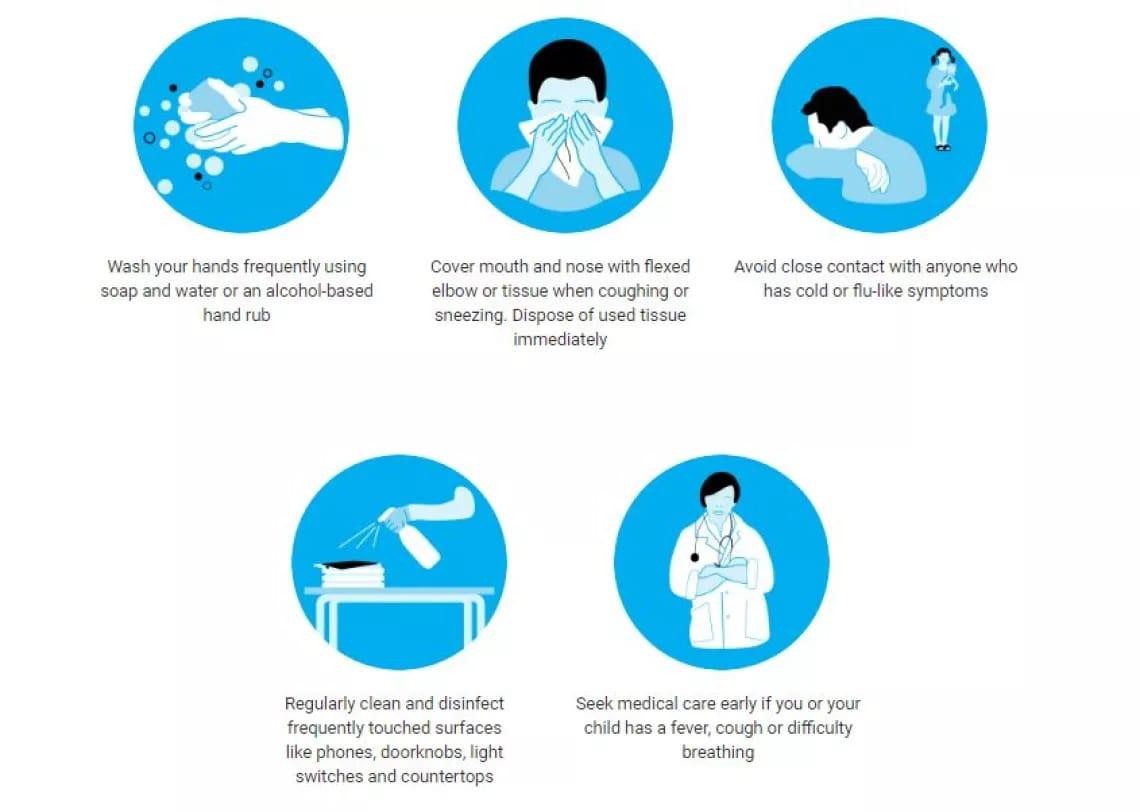Phone Use and Brain Cancer: Facts and Fears
In today’s connected world, smartphones are an integral part of our lives. We use them constantly, and concerns about their impact on our health are natural. One question that has sparked debate for decades is whether phone use can cause brain cancer. Let’s break it down in a way that makes sense, separating facts from fears.

Scientific Research and Evidence
Numerous studies have investigated the potential link between mobile phone radiation and brain cancer. Most research has found no clear connection. Organizations like the World Health Organization (WHO) and the National Cancer Institute (NCI) have reviewed the evidence and concluded that the current data does not support a definitive link.
Radiofrequency Electromagnetic Fields
Phones emit radiofrequency electromagnetic fields (RF-EMF), which some people worry could increase cancer risk. However, most studies have not found a clear association between RF-EMF exposure and brain cancer.
Precautions and Recommendations
While there’s no conclusive evidence, some precautions can be taken:
- Use hands-free devices.
- Keep the phone away from your head during calls.
- Limit phone use to what’s necessary.
Conclusion
The current evidence doesn’t show a clear link between phone use and brain cancer. However, being mindful of phone use and taking precautions can help alleviate concerns. By understanding the facts and taking a balanced approach, you can use your phone with confidence.
Understanding the Concern
The fear that cell phones might cause brain cancer stems from how they work. When you make a call, your phone emits radiofrequency (RF) radiation, a type of non-ionizing radiation.
Key Question
The main question is whether the non-ionizing radiation emitted by phones can harm our brains over time. Research has explored this topic, and most studies have not found a clear link between RF radiation and brain cancer.
Conclusion
The current evidence doesn’t support a definitive link between cell phone use and brain cancer. However, ongoing research continues to investigate potential health effects, and taking precautions can help alleviate concerns.

What Science Says
The short answer is: No clear, consistent evidence has been found linking cell phone use to brain cancer. However, some studies have raised questions that scientists are still trying to answer.
Key Findings from Health Organizations
- World Health Organization (WHO) and IARC: In 2011, the International Agency for Research on Cancer (IARC), part of WHO, classified RF radiation as “possibly carcinogenic to humans” (Group 2B). This sounds alarming, but understanding what “possibly carcinogenic” means is crucial. This category includes things like pickled vegetables and coffee. It doesn’t mean RF radiation causes cancer—it means there’s limited evidence and more research is needed.

- Large-Scale Studies: One of the most cited studies is the Interphone Study, a multinational effort looking at phone use and brain tumor risk However, there was a slight increase in risk in the highest user category, though researchers noted this might be due to errors in how people recalled their actual phone use.
Conclusion
Current evidence doesn’t support a definitive link between cell phone use and brain cancer. More research is ongoing, and precautions can be taken.

The Role of Technology
It’s also notable that phone technology has changed a lot over the years. Modern smartphones use lower power levels compared to early models, and networks like 4G and 5G are designed to transmit data more efficiently. This means less exposure to RF radiation, especially with newer models.
Reduced Exposure through Usage Habits
Additionally, many people now use speakerphone, earbuds, or Bluetooth devices — keeping the phone away from their head most of the time. These habits can help minimize exposure to RF radiation.
Conclusion
Advancements in technology and changes in user habits have led to reduced RF radiation exposure. Modern smartphones and networks operate more efficiently, which helps minimize RF radiation exposure.

What About 5G?
Some people are concerned that the higher frequencies used in 5G networks might pose new health risks. However, there’s no scientific evidence so far that 5G causes brain cancer or other health issues. Regulatory bodies like the Federal Communication Commission (FCC) and the International Commission on Non-Ionizing Radiation Protection (ICNIRP) have set strict safety limits on RF exposure, including from 5G. As long as devices meet these standards, they’re considered safe for everyday use.
Brain Cancer Trends
If phones caused brain cancer, we would expect to see an increase in brain tumor cases over time, especially since mobile phone use skyrocketed starting in the 1990s. However, data from countries like the U.S., U.K., and Australia shows no significant rise in brain cancer rates despite widespread phone use. This lack of a noticeable trend in the population is strong evidence against a direct link between phones and cancer.

Taking Precautions (If You’re Concerned)
While the evidence doesn’t suggest a strong risk, it’s reasonable to want to be cautious. Here are a few simple ways to reduce your exposure to RF radiation:
- Use speakerphone or wired earbuds to keep the phone away from your head.
- Text instead of call when possible.
- Keep calls short, especially when signal strength is low (phones emit more radiation when working hard to connect).
- Avoid sleeping with your phone on the bedside table next to your head – put it in airplane mode or keep it across the room.
These are easy habits that can provide peace of mind without overhauling your lifestyle or panicking.

Bottom Line
So, can using your phone give you brain cancer? Based on current scientific evidence, the answer is No. Most studies don’t show a link, and public health trends don’t support a connection. That said, the scientific community continues to monitor the issue, especially as technology evolves and more long-term data becomes available.
